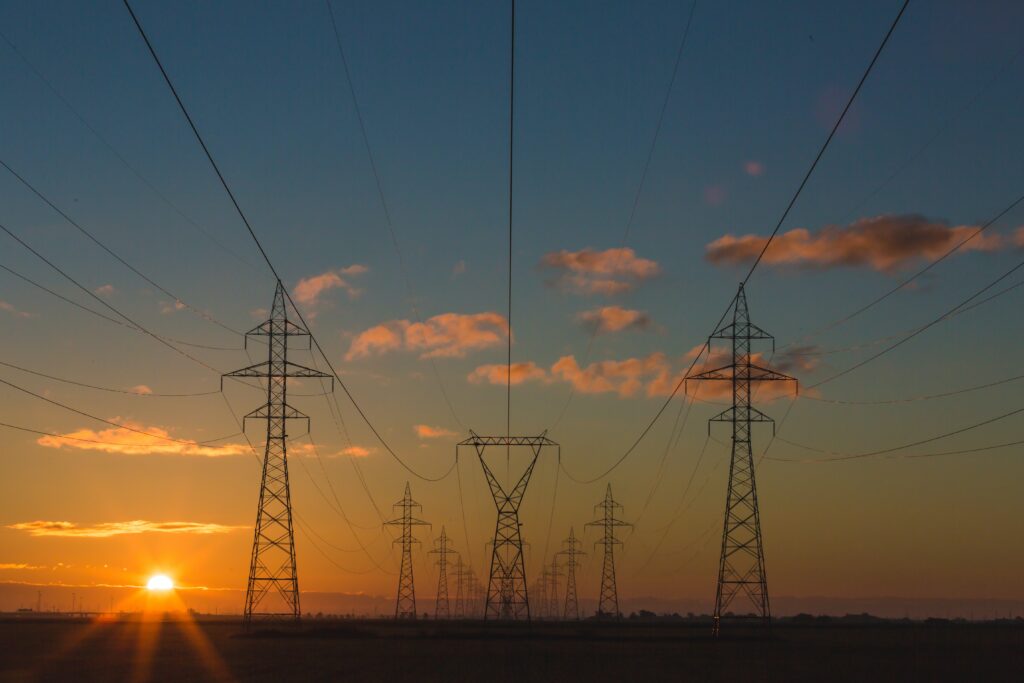
The shift towards renewable energy is ongoing, but one thing is clear: a single renewable energy source can’t meet all the energy needs of a community or a region. That’s why many experts are now focusing on hybrid renewable energy systems, which combine multiple sources of renewable energy to create a more reliable, cost-effective and sustainable power supply.
One example of a hybrid renewable energy system is a wind-solar hybrid system. This type of system combines a wind turbine with a solar panel array to generate electricity. The wind turbine generates electricity when the wind is blowing, while the solar panels generate electricity when the sun is shining. By combining these two sources of energy, the system can generate electricity even when one of the sources is not available.
Another example is a hydro-solar hybrid system. This type of system uses a hydroelectric dam to generate electricity during periods of high demand and solar panels during periods of low demand. This can help to smooth out the intermittent nature of solar power, while also allowing the hydroelectric dam to operate more efficiently.
One interesting fact is that by combining different sources of renewable energy, you can achieve higher capacity factor. Capacity factor is the ratio of the actual output of a power plant to its potential output if it had operated at full capacity during the entire period. A solar panel has a capacity factor of around 20-25%, while a wind turbine has a capacity factor of around 30-40%. However, a hybrid system that combines both wind and solar can achieve a capacity factor of around 50-60%.
In conclusion, hybrid renewable energy systems are an innovative way to increase the reliability and efficiency of renewable energy. By combining multiple sources of renewable energy, these systems can generate electricity even when one of the sources is not available, resulting in a more reliable and cost-effective power supply. With the increasing penetration of renewable energy, hybrid systems will play a crucial role in the energy transition.

